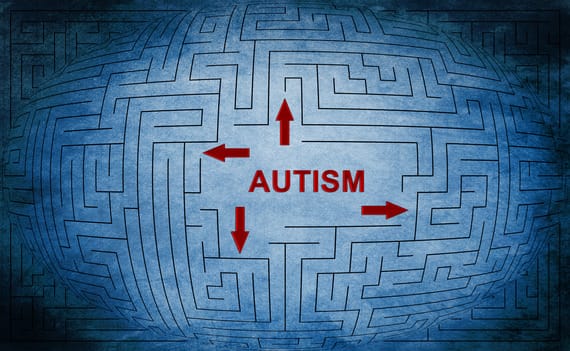Kids and Autism
The behavior of children with autism is shaped by a lifelong developmental condition that affects their ability to communicate, interact socially, and process sensory information. Autism Spectrum Disorder (ASD) often presents early in life and is characterized by unique ways of relating to the world.
Common Behavioral Traits
Children on the autism spectrum may:
-
Display repetitive movements such as hand-flapping, rocking, or jumping.
-
Engage in repetitive actions like blinking, tapping ears, or rubbing fingers together.
-
Have intense focus on routines or specific objects.
-
Struggle to adapt to change or unexpected transitions.
These behaviors often arise from difficulty processing external stimuli or self-soothing in overwhelming environments.
Understanding Outbursts and Tantrums
Many parents report that their autistic children have intense emotional outbursts or meltdowns. It’s important to understand that these are not “bad behaviors”—they are often the child’s way of expressing frustration, confusion, or sensory overload.
Children with autism often:
-
Struggle with regulating emotions, leading to sudden crying or yelling in public.
-
Exhibit behavior that may seem “immature” for their age, but is a part of their neurological profile.
-
May act out when they cannot express their needs verbally.
Types of Autism and Common Challenges
Autism includes a spectrum of diagnoses such as Asperger syndrome and classic ASD. Common features across the spectrum include:
-
Delayed or impaired communication and social skills.
-
Difficulties forming peer relationships or understanding social games.
-
A slower process in grasping non-verbal cues such as tone of voice or facial expressions.
Self-Injurious Behavior
In some cases, children with autism may display self-harming behaviors, such as head-banging. This may be caused by:
-
Sensory processing disorders
-
Neurotransmitter imbalances
-
Chronic discomfort or internal pain
These actions are often attempts to relieve discomfort, not intentional harm.
Barriers to Communication
One of the most significant challenges for autistic children is communicating effectively. Some signs of early communication difficulties include:
-
Not responding to their name by 8 to 10 months
-
Showing little interest in people or social games
-
Difficulty understanding facial expressions, tone, or body language
-
Challenges with interpreting others’ intentions or feelings
These social and communication struggles often lead to isolation and frustration if not supported with empathy and proper strategies.
Final Thought
Understanding the behavior of children with autism requires patience, compassion, and informed support. With early intervention and the right environment, children with autism can thrive—socially, emotionally, and intellectually.



My best friend is an autistic specialist so I’ve been around autistic kids for a while. Here in Italy there are no real programs for kids with autism – in fact – I think most parents here keep them hidden – it’s really sad.
Madaline, Certainly challenging to take care of autistic children but we can’t keep them hidden…it is sad.
Thanks for sharing your prospective. We have a few relatives with autism.